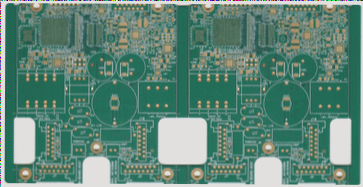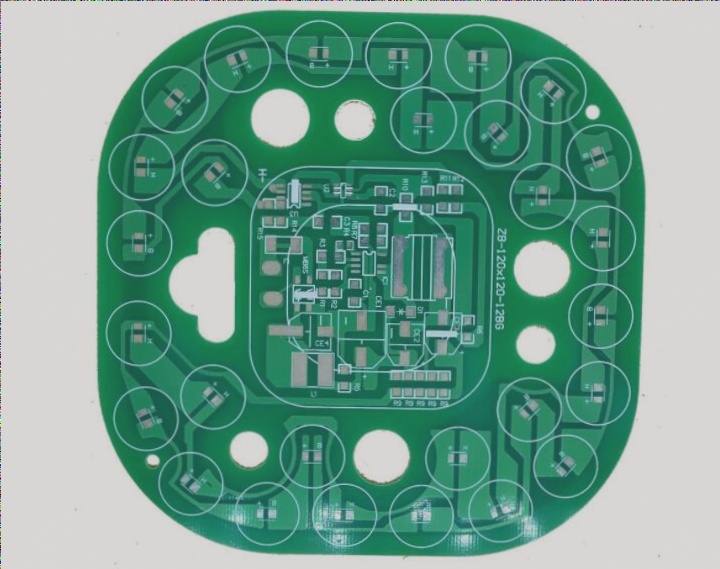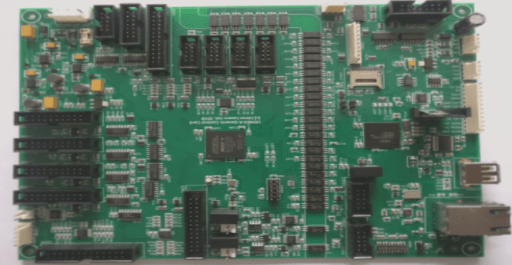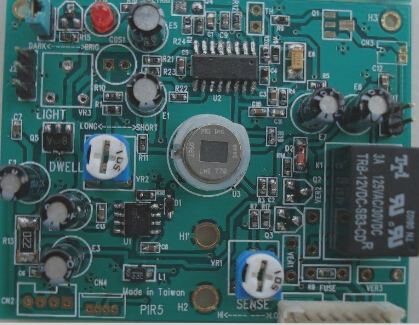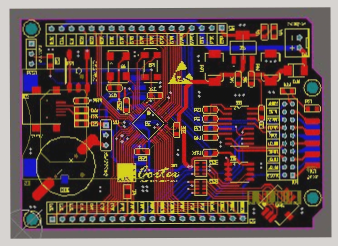What is the process for self-inspection in PCB design?
This document outlines a comprehensive PCB design self-inspection process, covering structural design, component library, layout, routing, solder mask, silkscreen, vias, Gerber files, and PCB output files, with a focus on ensuring design accuracy, component alignment, and adherence to technical specifications.
What is the process for self-inspection in PCB design? Read More »

